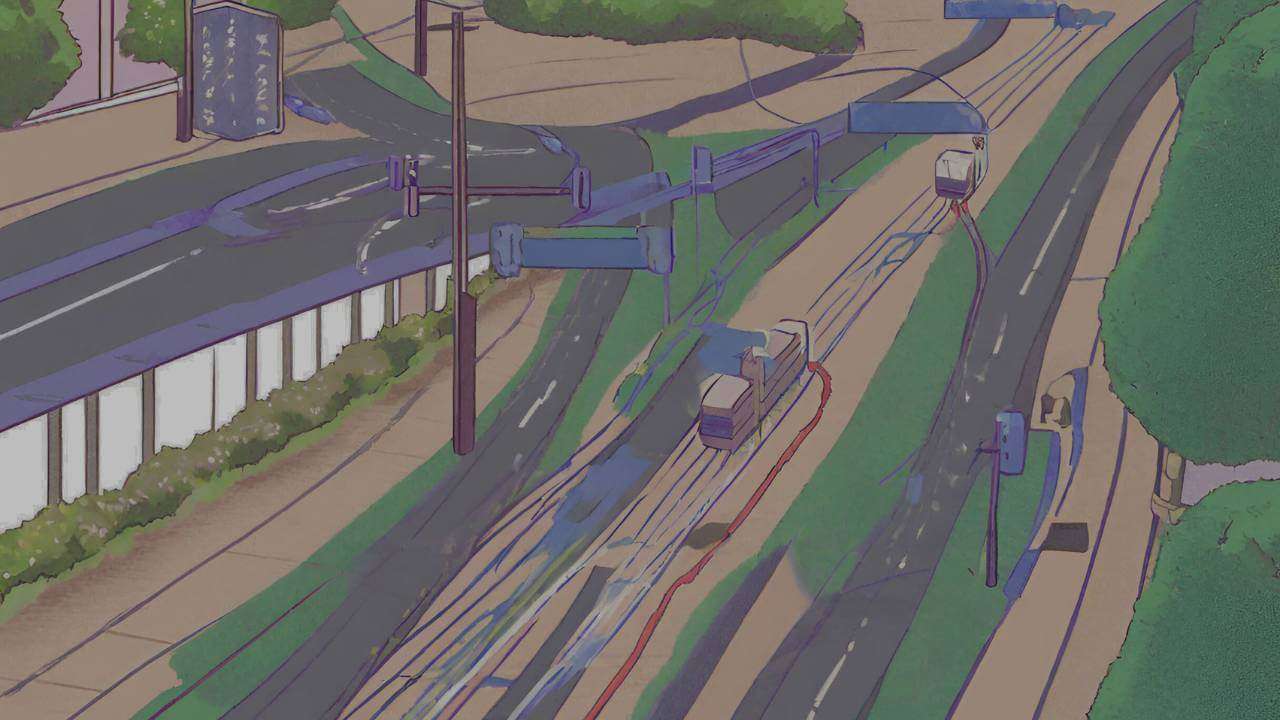Networking

DNS 101: Your Comprehensive Guide
The Domain Name System (DNS) is the internet's address book. This post explores the roles of resolvers and root servers, explains reverse DNS lookups, and delves into crucial aspects like DNS security and privacy, offering a comprehensive look at this foundational technology

Essential Network Defense Strategies: Firewalls, IDS/IPS, and NAT
Network security demands a multi-pronged approach. This post explores the vital roles of firewalls, intrusion detection/prevention systems (IDS/IPS), and Network Address Translation (NAT) in safeguarding your infrastructure against evolving cyber threats

A Deep Dive into TCP and UDP: A Networking Fundamentals Guide
TCP and UDP are the internet's backbone for data transmission, offering different reliability and speed trade-offs. This post explores these protocols, the netstat command, and the TCP three-way handshake for reliable connections

The Data Link Layer: Networking’s Traffic Control
The Data Link Layer controls network traffic for efficient communication. It uses MAC addresses, switches, and protocols like ARP to manage data flow on your local network

Routing: The Backbone of Networks
Routing is the heart of the internet. Learn what a routing table is, understand its essential components, and discover how to view your device's routing table to see how your data travels

Demystifying HTTP and HTTPS: The Cornerstones of Web Communication
HTTP and HTTPS are the foundational protocols governing web communication. HTTP offers a framework for client-server interactions, while HTTPS enhances HTTP with encryption for secure transactions, protecting sensitive data.

Ensuring Data Integrity: Techniques Behind Error Control and Flow Control
Error control and flow control are essential for transmitting data accurately and efficiently across networks. Error detection identifies corruptions, while error correction methods like Hamming Code automatically fix single-bit errors. Flow control protocols like ARQ and Sliding Window optimize data transfer, preventing bottlenecks and maximizing network usage

Understanding the Physical Layer: The Bedrock of Network Communication
Understanding the physical layer in networking ensures raw data transmission through various mediums, converting digital data into signals. Transmission modes like simplex, half-duplex, and full-duplex cater to diverse communication needs. Transmission media range from wired (twisted pair, coaxial, fiber optic) to wireless (radio waves, microwaves, infrared), each suited to specific requirements.

Decoding Ethernet: Frame Structure, MAC Addresses, and Communication Mechanisms
Explore the intricacies of Ethernet networking: from frame structures and MAC addresses to collision detection and full-duplex communication. Unravel the secrets behind seamless data transmission

Understanding Layered Architecture in Data Networks: An In-depth Exploration
Layered architecture organizes network functionalities into distinct layers, promoting modularity, interoperability, and ease of maintenance. OSI model delineates seven layers, each with unique roles and responsibilities in network communication






